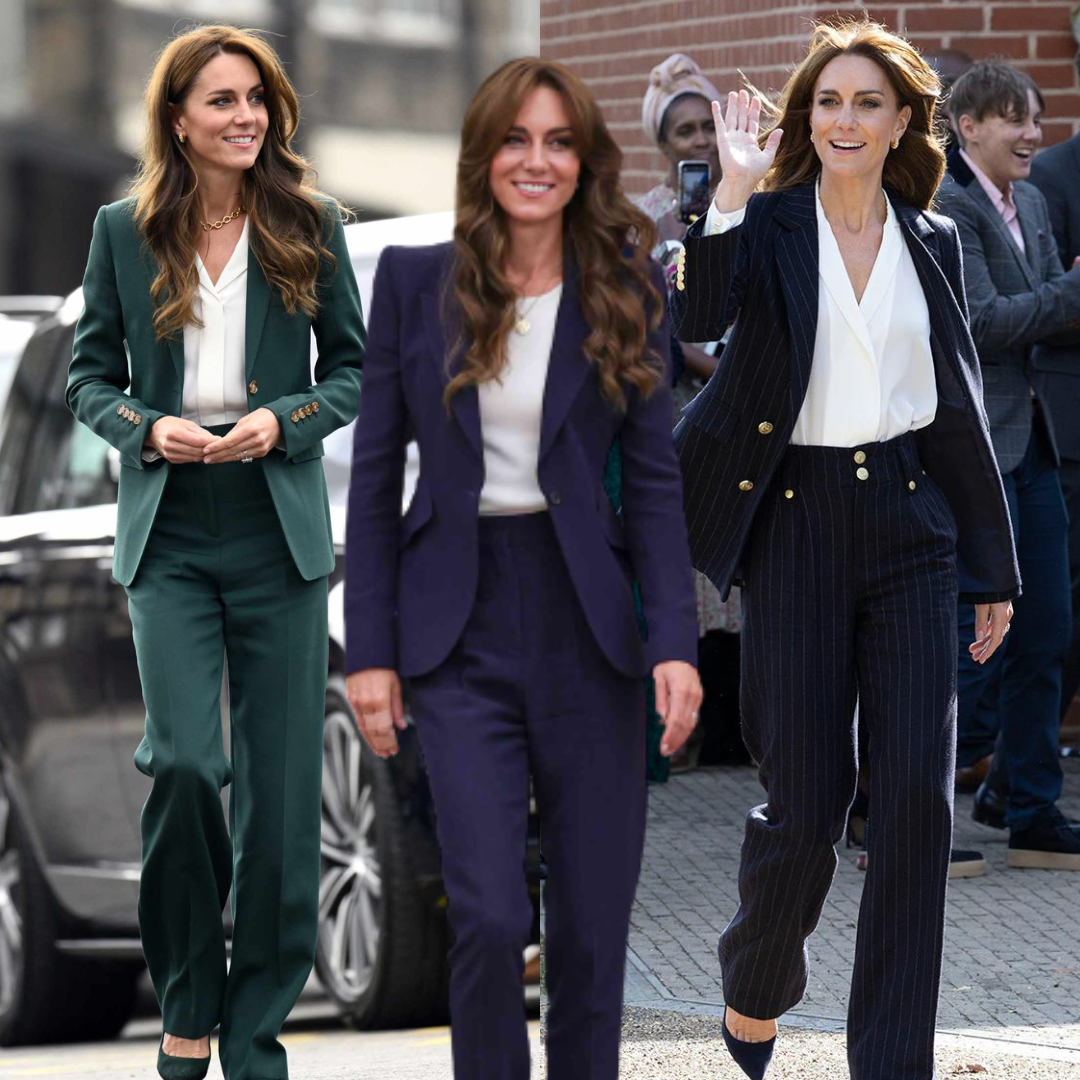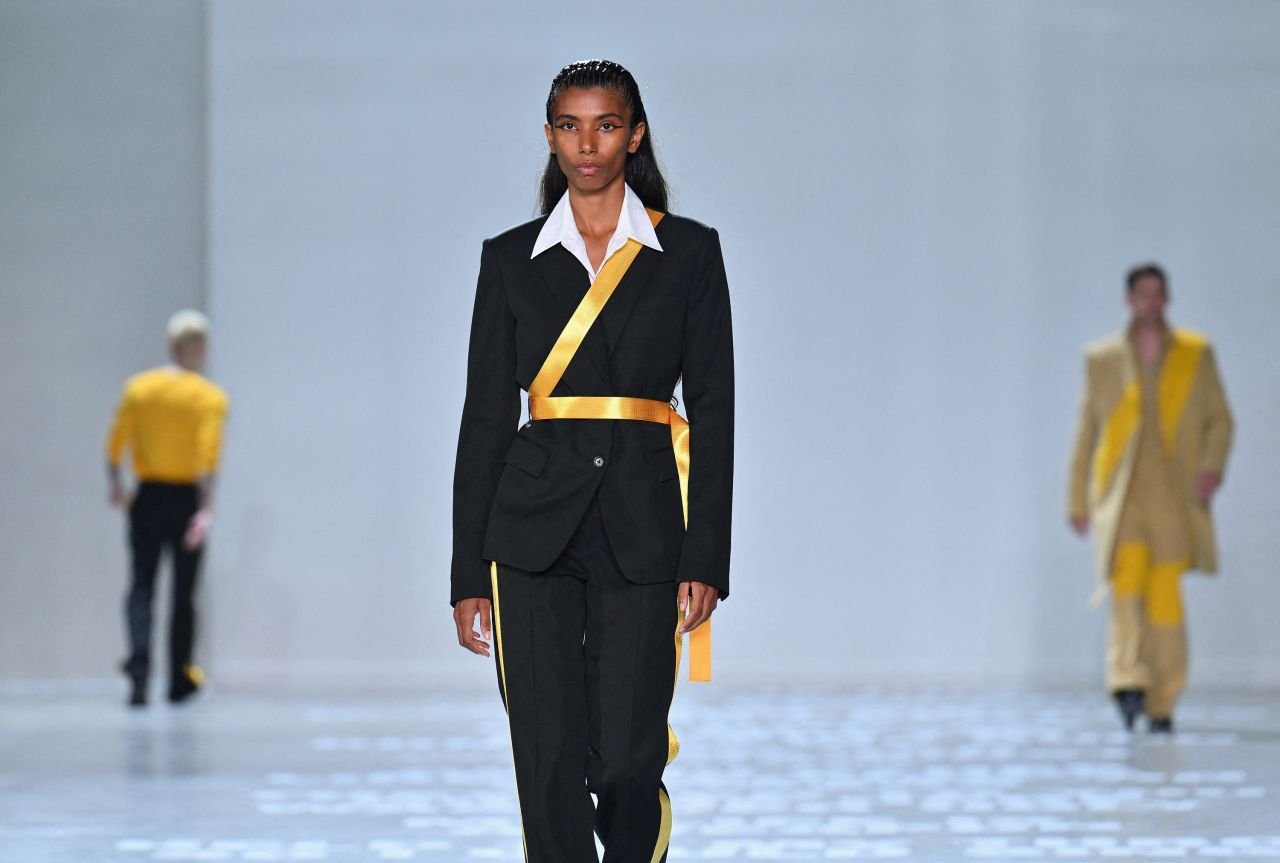What Levi’s Are Doing To Change Sustainability In The Fashion Industry
In 2021, sustainability is the topic of conversation being spoken about in many different industries and for many years we focused our eco-saving discussions on fossil fuel industries, air travel and deforestation, all major causes of increased global warming. The fashion industry has, finally, begun to wake up to a disturbing statistic: that 10% of annual global carbon emissions are caused by the fashion world. This is a figure higher than all international flights and maritime shipping combined and it’s a figure that is only increasing. You don’t need to be a brain surgeon to conclude that it is not exactly something the industry should be proud of. As climate activism has increased, the awareness of the fashion industry’s misdoings have been brought to light. Some brands have even used greenwashing to try to gaslight the media (along with consumers), into believing they are doing better than they really are. Eg the SHEIN cares campaign.
Levi’s is, unmistakably, an iconic brand. Founded more than 165 years ago as a way to make more durable, and comfortable trousers, Levi’s kick-started our love for blue denim jeans. Once upon a time, they sought to help fix an issue, and today they are trying to do that again, however this time in a somewhat different way.
Earlier this year, Levi’s launched a brand new campaign which, in their own words, states: “We’re on a mission to change the clothing industry. For good.” Quite the strong statement indeed, and it’s not dissimilar to phrases being thrown about by other fashion brands, but in this instance, the brand in question is actually walking the walk.
A brand that stays relevant and universally loved for over 150 years, needs to know how to utilise clever marketing, and that’s exactly what Levi’s has done with their new campaign. A short, motivational video was produced featuring famous faces like Jaden Smith and Emma Chamberlain. With a vintage, shot-on-film vibe and easy to understand statistics on screen, the 1-minute video is highly captivating, especially for a younger audience, concluding with their main message of “Buy Better. Wear Longer.”
While you may be able to find all the brand’s in-depth information in regards to sustainability and what they’re doing to tackle climate change online, their short-form content needs to make their messaging clear. It is incredibly hard, nigh on impossible, to dispute the clear fact that when we buy less clothing, we waste less clothing. Overconsumption is a major issue, not just in the fashion industry, and yet it’s a topic that many fashion brands are simply glazing over. As consumers, we have a responsibility, and while we’re not necessarily in the boardrooms of our favourite brands while they discuss the materials they want to use or their worker’s welfare commitments, we can pressure them to do better. However, pressure takes time and results are rarely immediate. So, what can we do in the meantime? As Levi’s puts it so correctly, we can simply consume less and consume better.
On their website as well as on the Levi Strauss & Co website, the brand’s commitment and strategies to making better jeans are evident. Of course, Levi’s is never going to get it 100% correct, nor can any brand, and for once we see a brand that admits to this, “...we haven’t always gotten it right. Becoming a more sustainable clothing brand is important to us, and it’s a work in progress. We’ve made some great strides in some areas and we’re pushing ourselves to do better in others, but we’re in it for the long haul. And we hope you’ll join us.” It’s refreshing to see a brand be so transparent.
Denim is notorious for the amount of water it consumes during the creation process, with consumers craving softer denim fabrics. In 2019, they began implementing the Water<Less® process in their design pipeline. Instead of using water to create the soft denim texture desired by many, they use a thimble of water and some ozone instead of detergent. Instead of using a fabric softener, the brand sometimes tumbles the jeans with bottle caps and golf balls, removing water from the process completely. Also, 75% of cotton used by the brand is from more sustainable sources and 65% of their products are made in factories that run Worker Well-Being programmes that aid health, financial and gender equity issues.
As previously mentioned, this is by no means perfect, and there is a lot that still needs to be done, but Levi’s knows this. On their website, they claim that by 2025 they wish to use only sustainably sourced cotton and see a 50% reduction of water usage in manufacturing by 2030. Oh, and they also offer repairs and redesigns on any product you own to keep the item lasting a lifetime.
Levi’s is a brand doing things as right as they can for now, and most importantly they are taking responsibility, instead of taking the coward’s route of ‘it’s all the consumer’s fault’.









